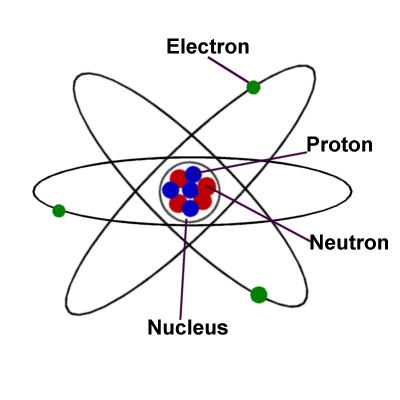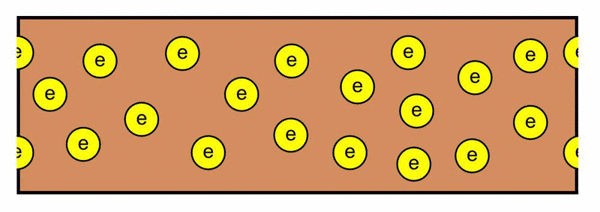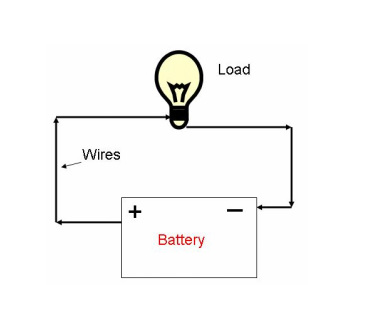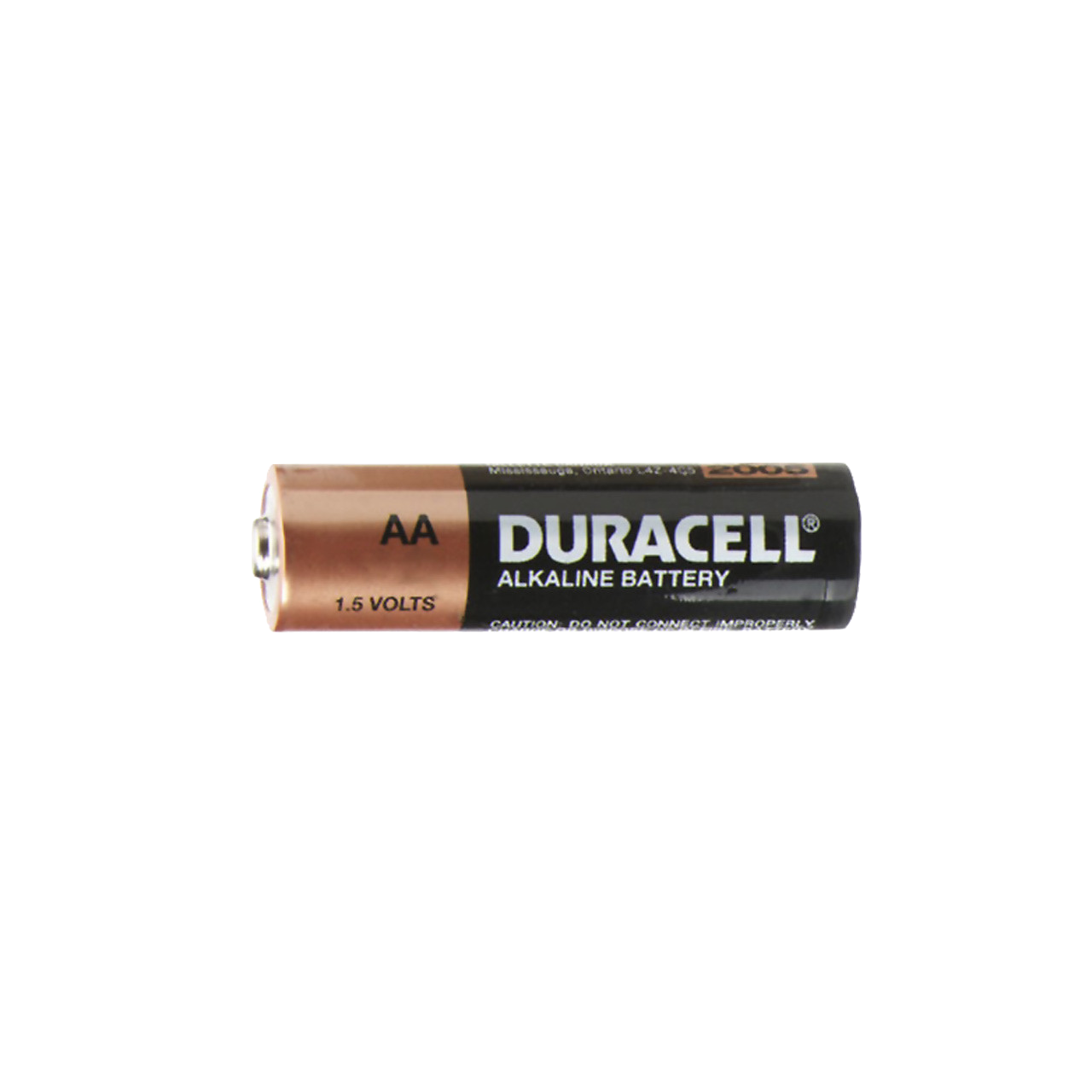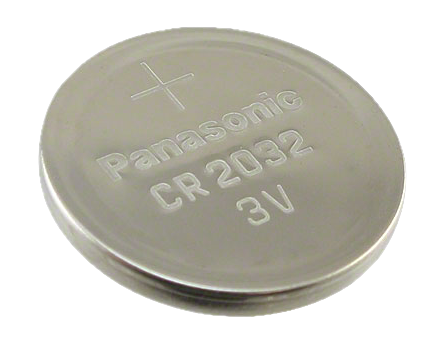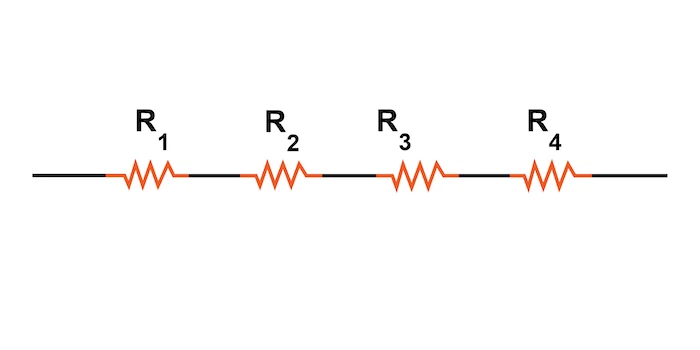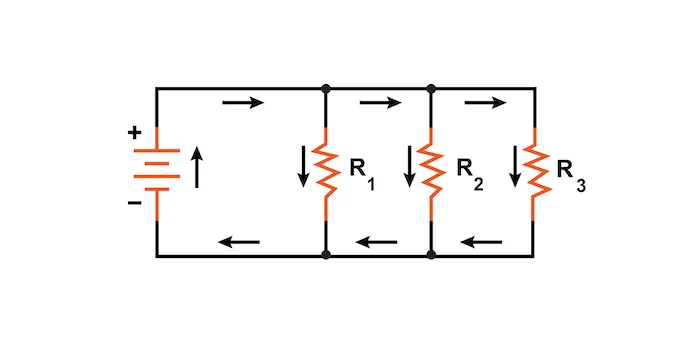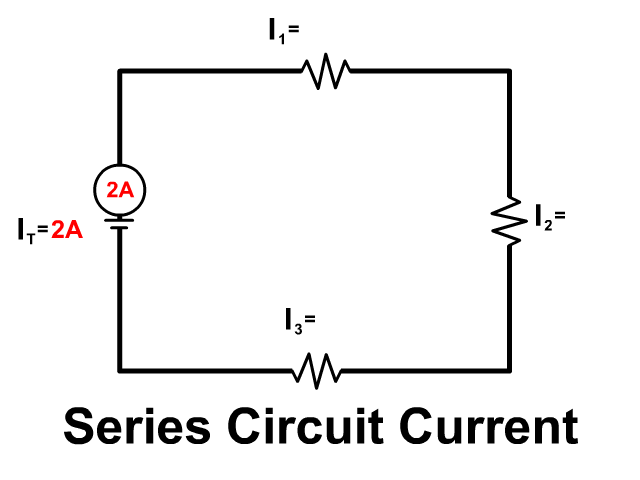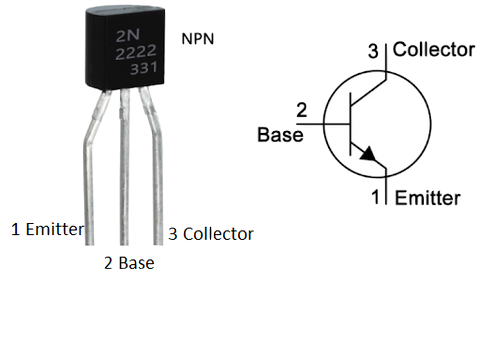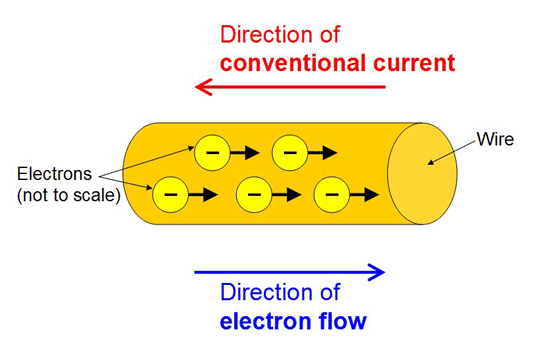Resistor Flex
Control the Flow Like a Pro
Safety first!
Electricity can be dangerous!
Always do this with an adult!
What is electricity??
Electricity is made when charged particles move
Every atom is made of particles
- Protons →
- Electrons →
- Neutrons
Electricity is made of moving charged particles
- high potential → low potential
- Transports energy that can perform work
We can pretend electricity is like water
- high potential → low potential
- Transports energy that can perform work
How does electricity do stuff?
Example of a load: LED
Hands on! Circuit #1
Components:
- Coin battery →

- LED →
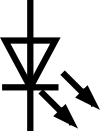
Hands on! Circuit #1
Components:
- Coin battery →

- LED →

Breadboards make testing complicated circuits easy!
Hands on! Circuit #2
Components:
- Breadboard
- 5 V power supply →

- LED →

- Resistor →

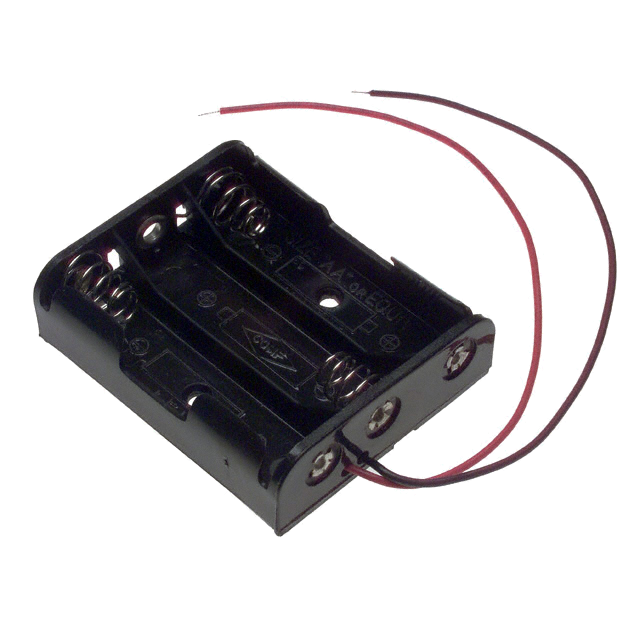

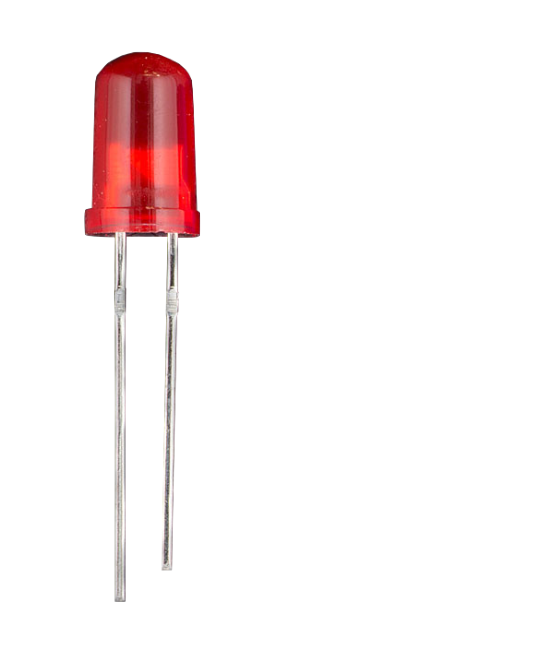

Resistors help limit the current of the
circuit protecting the load from damage!
Hands on! Circuit #2
Components:
- Breadboard
- 5 V power supply →

- LED →

- Resistor →

Hands on! Circuit #3
Components:
- Breadboard
- 5 V power supply →

- LED →

- Resistor →

- Button →






Hands on! Circuit #3
Components:
- Breadboard
- 5 V power supply →

- LED →

- Resistor →

- Button →

Hands on! Circuit #4
Components:
- Breadboard
- 5 V power supply →

- LED →

- Resistor →

- LDR →
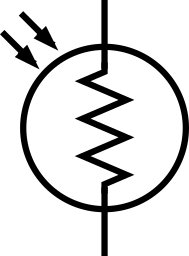





Hands on! Circuit #4
Components:
- Breadboard
- 5 V power supply →

- LED →

- Resistor →

- LDR →

Types of circuits
How does current behave in a series circuit?
How does current behave in a parallel circuit?
Hands on! LED Circuit #5
Components:
- Breadboard
- 5 V power supply →

- 4x LED →

- 220 Ω Resistor →





Hands on! LED Circuit #5
Components:
- Breadboard
- 5 V power supply →

- 5x LED →

- 220 Ω Resistor →

Discussion: Why doesn’t this one work??
Hands on! LED Circuit #6
Components:
- Breadboard
- 5 V power supply →

- 4x LED →

- 220 Ω Resistor →





Hands on! LED Circuit #6
Components:
- Breadboard
- 5 V power supply →

- 4x LED →

- 220 Ω Resistor →

Discussion: Why does this one work??
Transistors: Electrical switches
OFF if no current delivered to the Base
ON when even a tiny bit of current flows to the Base
Hands on challenge: Night light
Components:
- Breadboard
- 5 V power supply →

- LED →

- 220 Ω Resistor →

- 100 kΩ Resistor →

- LDR →

- Transistor →

- Jumper cables
Electrons go the opposite way? Confusing!
Benjamin Franklin didn’t know what electrons were: he took a guess about which direction things were moving, and he happened to guess wrong!
Electrons go the opposite way? Confusing!
By convention, we always pretend that a charge is going around the circuit – even though it’s just imaginary, it doesn’t change how the circuit works.
Brainstorm!
What can we invent?
So many types of components!
- Batteries
- Resistors
- LEDs
- Light-dependent resistors
- Buttons
- Transistors
- Motors
- Valves
- Cameras
- Microphones
- Solar panels
- Temperature sensors
- Air quality sensors
- Magnetic field sensors
- Moisture sensors
“Dumb” devices: * LDR – Nightlight * Hall effect magnet sensor – Door security sensor * Thermistor & Motor – Automatic fan * LDRs, Motor, & Solar panel – sun-tracking solar battery * “Smart” Devices * Thermometer & Air quality sensor – Weather station * Camera & AI vision – Train camera * Moisture sensor & Servo – Automatic plant watering irrigation * Clock and LEDs – visual alarm clock (wake up more naturally) * LDRs & RGB LEDs – baby book, mushroom lamps

